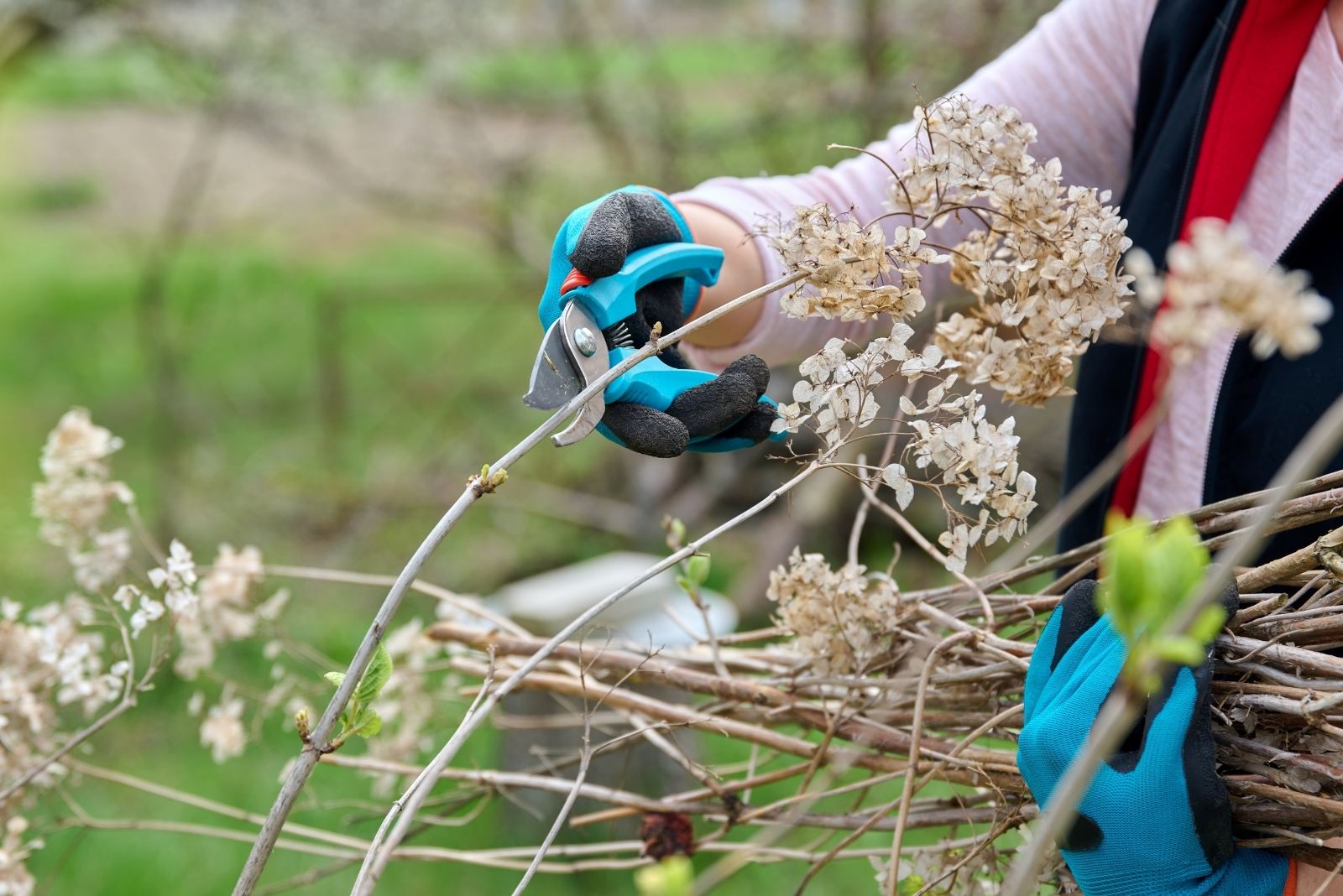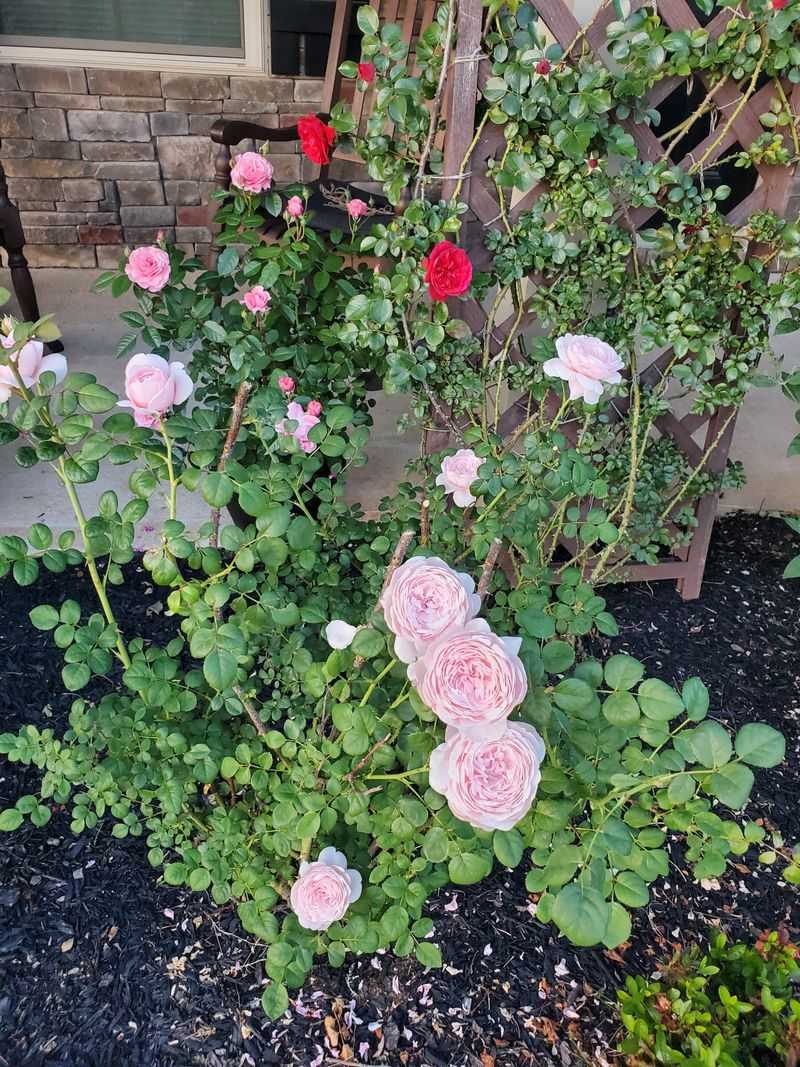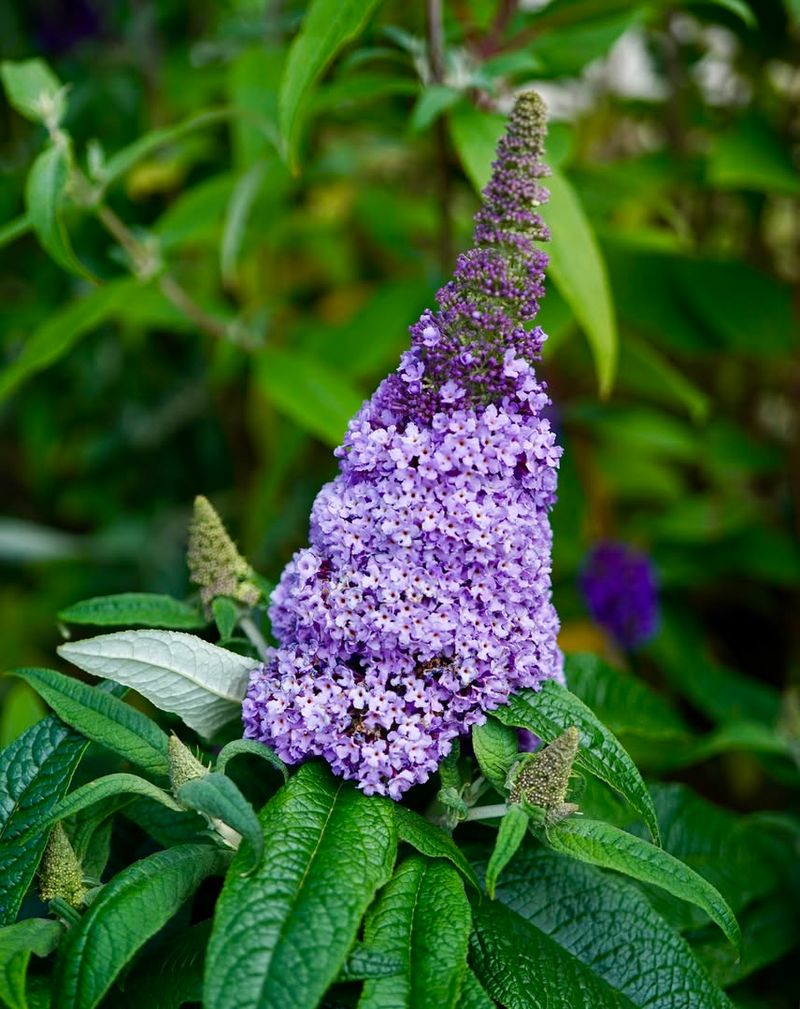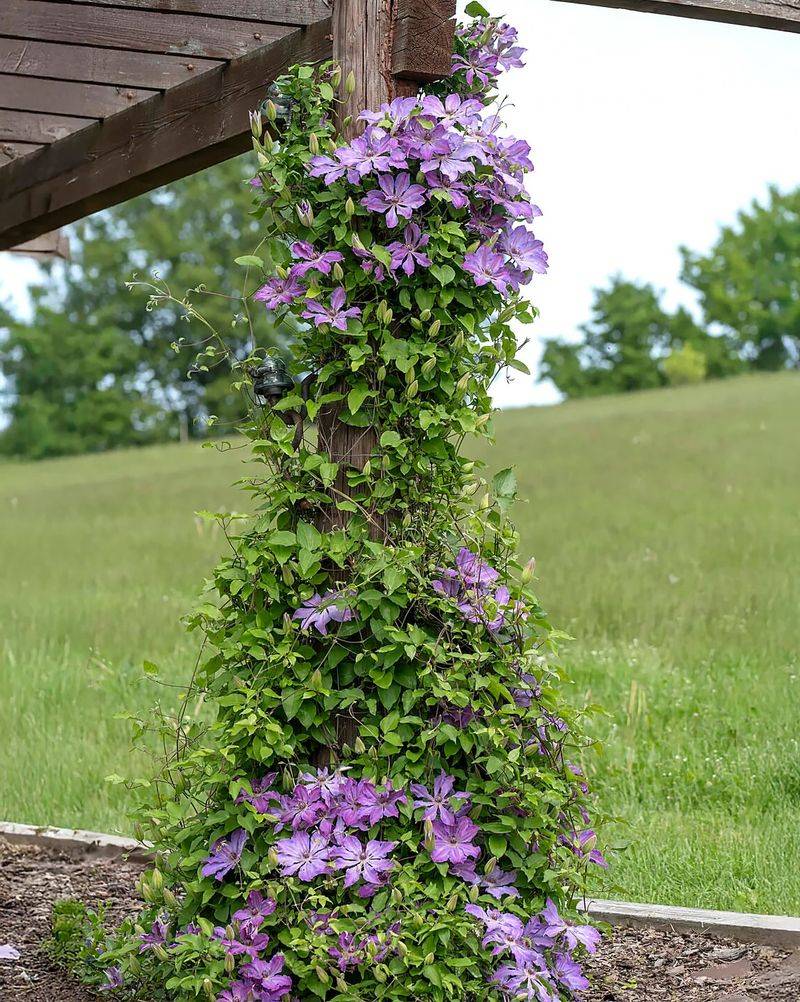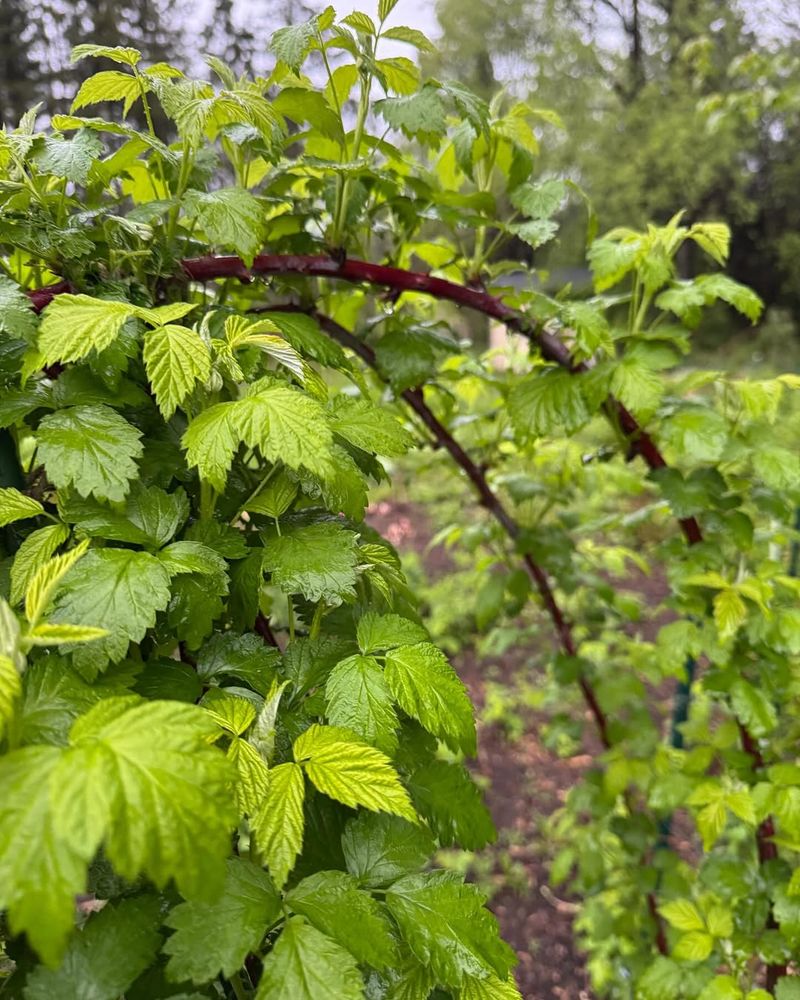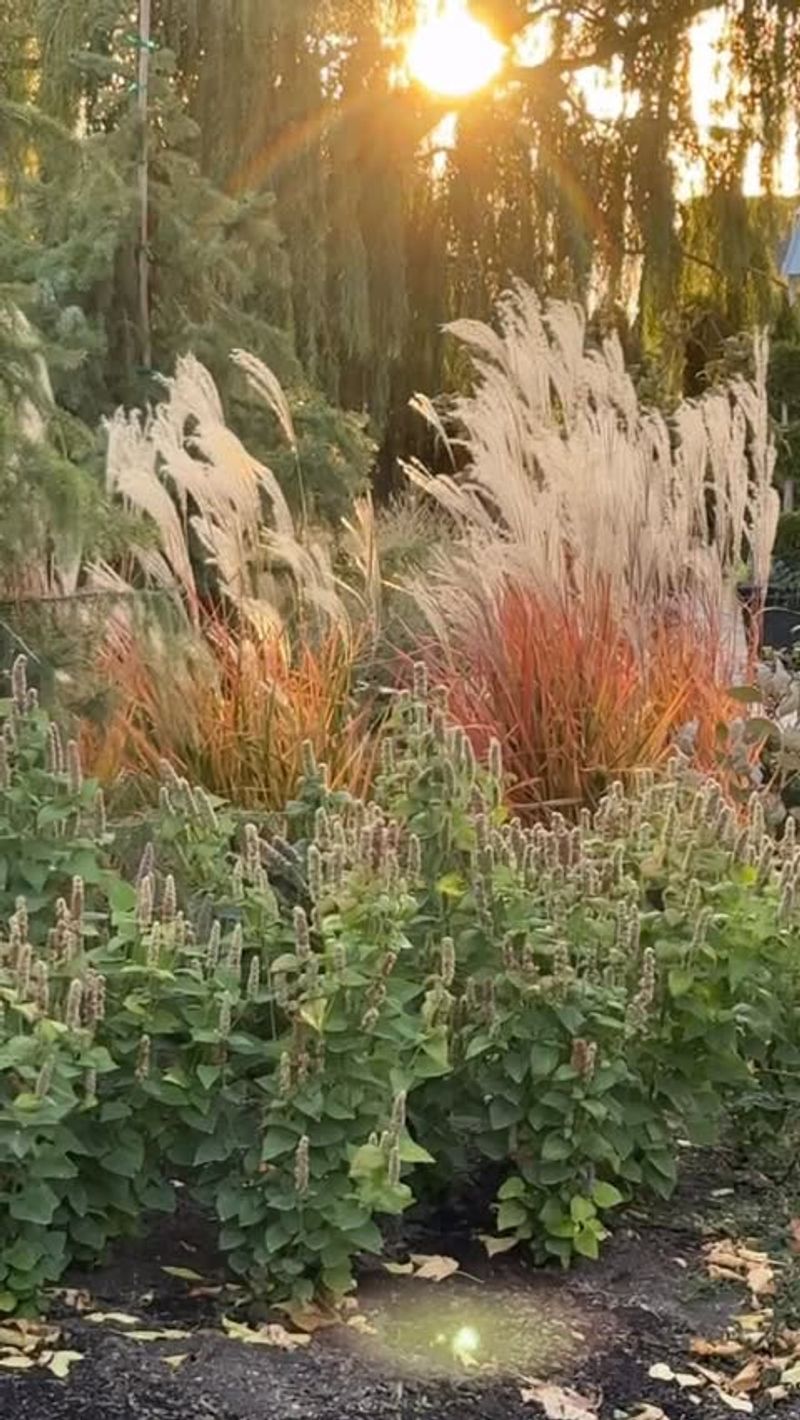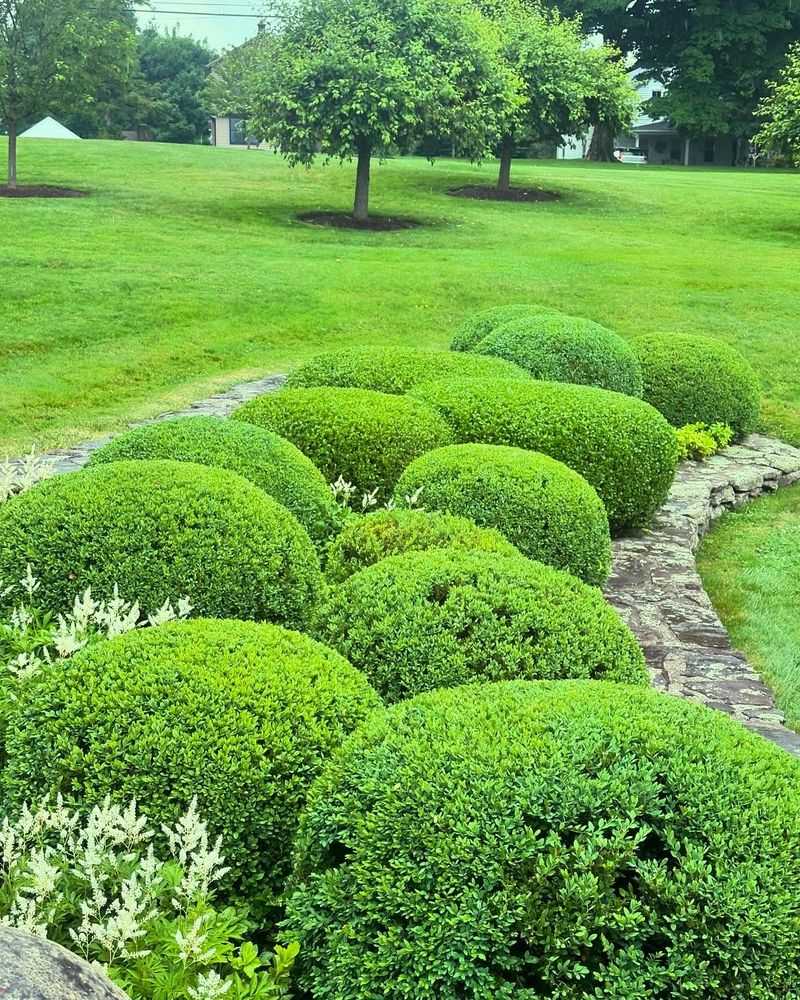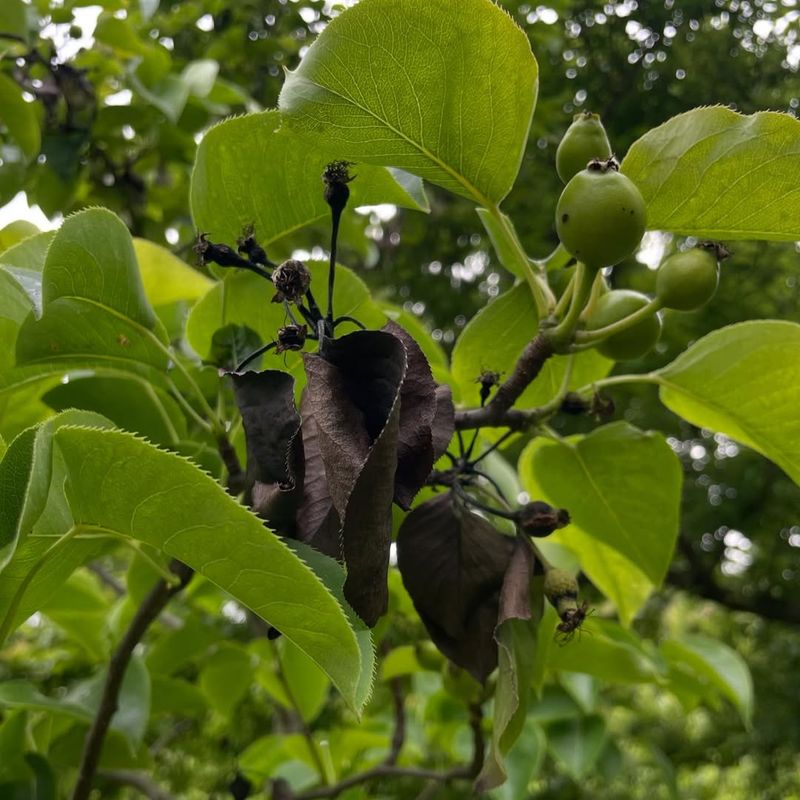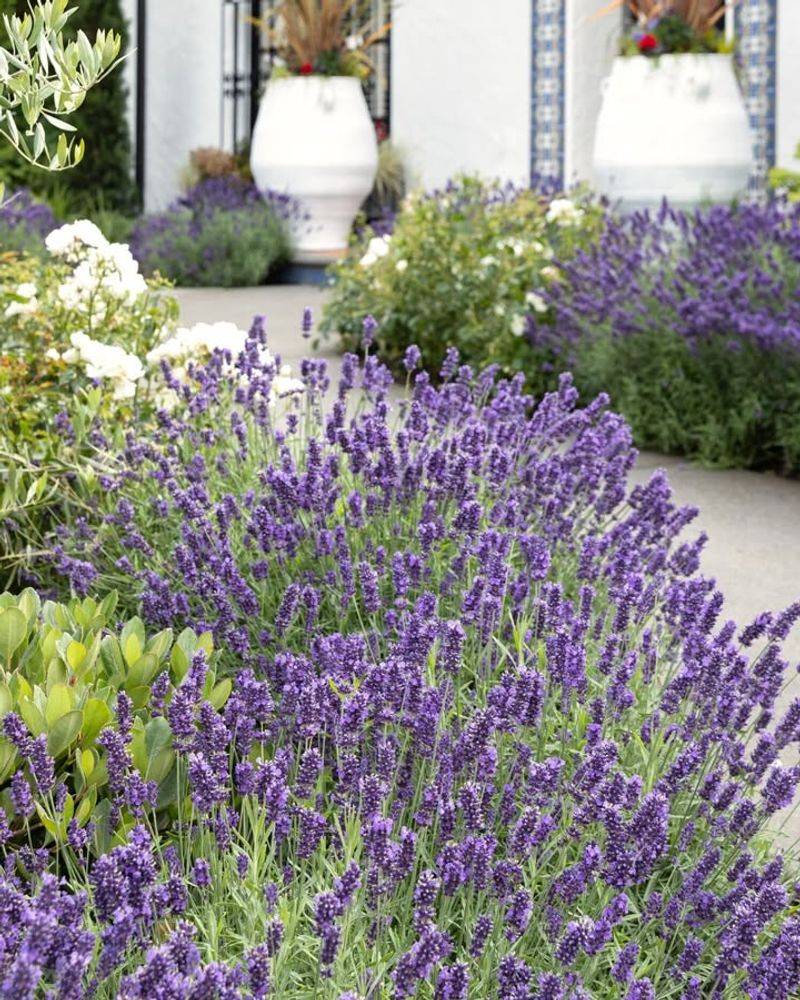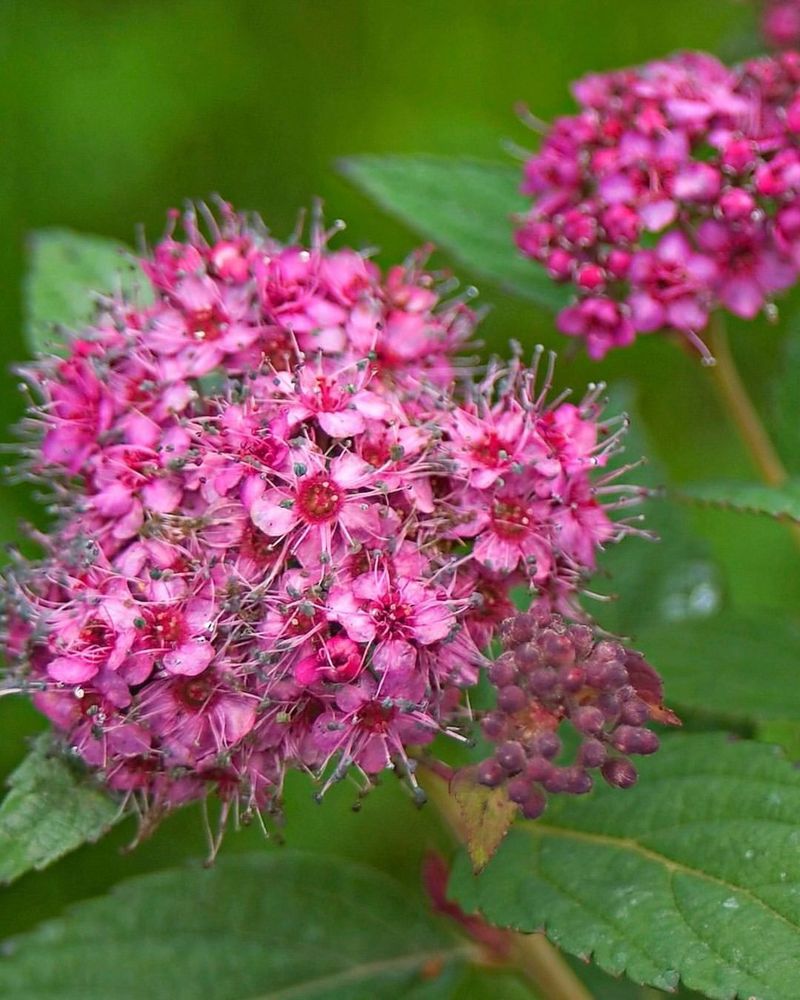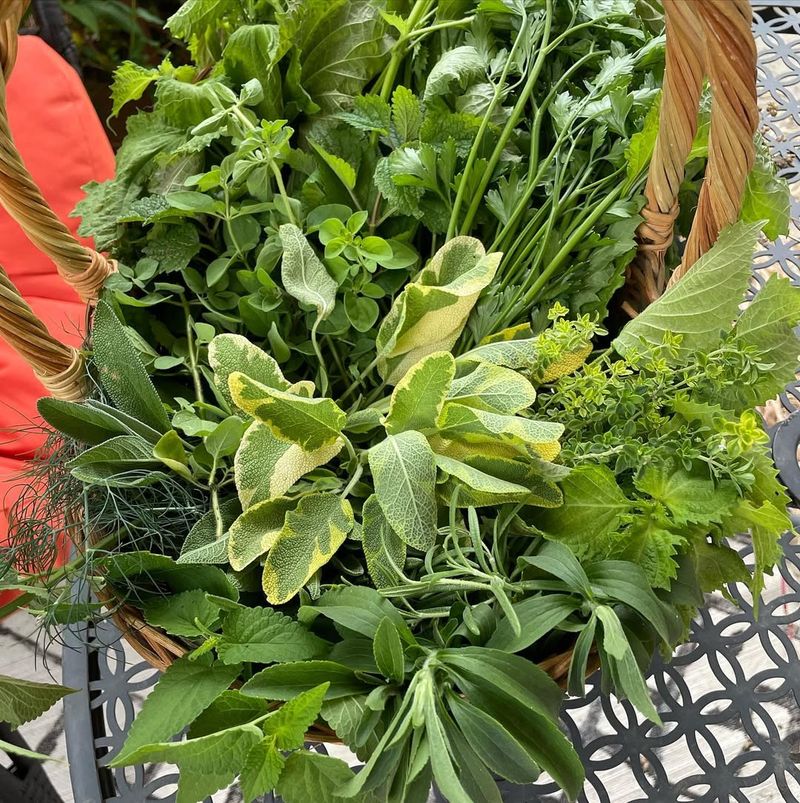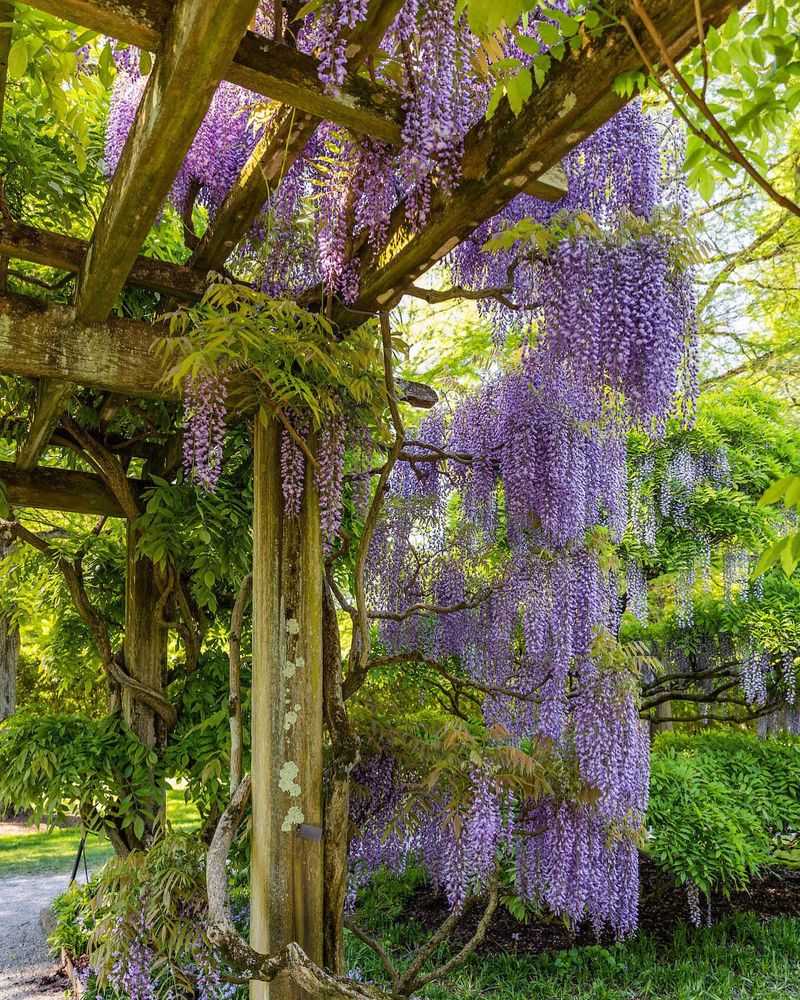October in Massachusetts is the perfect time for strategic pruning. Certain plants benefit from a careful cut now to thrive next year.
Timing and technique can completely change their shape and bloom potential. Mastering this keeps your garden healthy and full of life through all seasons.
1. Roses
Pruning roses before winter protects them from harsh Massachusetts weather and disease. Cut back long canes to about three feet tall, removing any dead or damaged wood you spot along the way.
This prevents wind from rocking the plants and damaging their roots during winter storms. Make clean cuts at a 45-degree angle just above an outward-facing bud.
Your roses will thank you next spring with abundant, healthy blooms throughout the growing season.
2. Hydrangeas
Many gardeners across Massachusetts wonder when to trim their beloved hydrangeas. October is ideal for removing spent blooms and dead stems from most varieties, though timing depends on your specific type.
Smooth and panicle hydrangeas bloom on new wood, so fall pruning works perfectly. Bigleaf and oakleaf varieties need different care since they bloom on old wood.
Always research your particular variety before making cuts to ensure beautiful flowers next summer.
3. Butterfly Bush
Butterfly bushes can grow wild and unruly if left unchecked throughout the season. Cutting them back in October encourages bushier, more compact growth when spring arrives in Massachusetts.
Remove about one-third of the plant’s height, focusing on older, woody stems first. This rejuvenates the shrub and promotes vigorous new shoots.
Fun fact: Despite attracting butterflies beautifully, some varieties are considered invasive, so check local guidelines before planting new ones.
4. Clematis
Clematis vines add stunning vertical interest to Massachusetts gardens but require careful pruning based on their blooming group. Group 3 clematis, which bloom on new growth, benefit greatly from October trimming.
Cut these varieties down to about 12 inches from the ground. Group 1 and 2 types need lighter pruning or should wait until spring.
Knowing your clematis type makes all the difference between a flowering masterpiece and a disappointing tangle of vines.
5. Raspberry Canes
Raspberry plants produce fruit on two-year-old canes, then those canes die back naturally. October is the perfect month in Massachusetts to remove these spent canes completely down to ground level.
This prevents disease from overwintering and gives next year’s productive canes more room and nutrients. Leave the green, first-year canes standing tall.
Proper pruning leads to bigger, juicier berries and easier harvesting when summer rolls around again in your Massachusetts garden.
6. Ornamental Grasses
While many gardeners leave ornamental grasses standing for winter interest, late October is when some Massachusetts residents prefer to cut them back. Grasses like miscanthus and fountain grass can be trimmed to about six inches above ground.
This tidies up the garden and prevents the grass from becoming a soggy mess over winter. However, leaving them provides shelter for beneficial insects.
The choice depends on your aesthetic preferences and wildlife goals for your property.
7. Boxwood Shrubs
Boxwoods are classic foundation plants throughout Massachusetts neighborhoods, prized for their evergreen foliage and formal appearance. Light pruning in October removes summer growth and maintains their neat, manicured shape.
Avoid heavy pruning this late in the season, as new growth won’t harden off before winter freezes arrive. Focus on removing dead branches and shaping gently.
Well-maintained boxwoods add structure and elegance to your landscape even during the coldest months ahead.
8. Fruit Trees
October marks an excellent window for pruning apple, pear, and other fruit trees across Massachusetts orchards and home gardens. Remove dead, diseased, or crossing branches that could cause problems over winter.
Pruning now allows you to see the tree’s structure clearly after leaves drop. It also reduces the risk of disease spreading since most pathogens are less active in cooler weather.
Healthy, well-pruned fruit trees reward you with better harvests and stronger growth for years to come.
9. Lavender
Lavender thrives in Massachusetts gardens when given proper care, including strategic fall pruning. Cut back about one-third of the plant’s growth in October, removing spent flower stalks and shaping the mound.
This prevents the plant from becoming too woody and encourages fresh growth next spring. Avoid cutting into old, thick wood as lavender struggles to regenerate from those areas.
With proper pruning, your lavender will perfume your garden beautifully and attract pollinators throughout the next growing season.
10. Spirea Shrubs
Spirea shrubs offer gorgeous spring or summer blooms depending on the variety you grow in your Massachusetts yard. Summer-blooming types like Japanese spirea benefit from October pruning to control their size and shape.
Remove about one-quarter of the oldest stems at ground level to rejuvenate the plant. Spring-blooming varieties should wait until after they flower next year.
Proper timing ensures you won’t accidentally remove next season’s flower buds and miss out on their spectacular display.
11. Perennial Herbs
Perennial herbs like oregano, sage, and thyme grow abundantly in Massachusetts gardens throughout summer. Cutting them back by about half in October prevents winter damage and encourages bushier growth next spring.
Remove any woody, dead stems and harvest remaining fresh leaves for drying or cooking. Mint should be cut almost to ground level since it dies back completely anyway.
Well-pruned herbs emerge stronger in spring, ready to flavor your favorite dishes with fresh, homegrown goodness all season long.
12. Wisteria Vines
Wisteria creates breathtaking cascades of flowers in Massachusetts gardens but requires disciplined pruning to perform its best. October is the second pruning session of the year, following the summer trim.
Cut back the long, whip-like shoots to about five or six buds from the main framework. This encourages the formation of flower buds for next spring’s spectacular show.
Without regular pruning, wisteria becomes an uncontrollable monster that rarely blooms, so staying on schedule pays off beautifully each spring.

